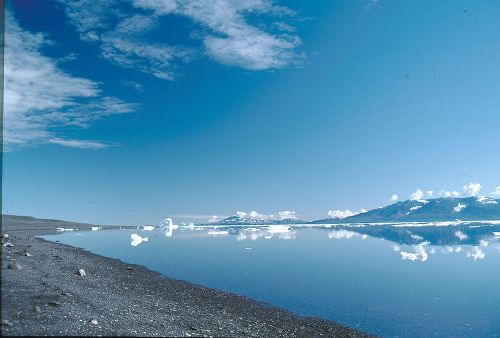When the earth’s climate rose around 400,000 years ago and caused Greenland’s ice sheet to collapse, global sea levels rose by as much as six metres, new research has revealed.
Scientists believe the new data could give an indication as to what the long-term effects of the current global warming situation may be. The study, which featured in this month’s Nature journal, was one of the first to state how the vast ice sheet may respond to rising temperatures.
Oregon State University associate professor and co-author of the study Anders Carlson said that the earth’s climate 400,000 years ago was fairly similar to what it is predicted to be towards the end of the current century. He added that the new results may give a better indication of what is likely to happen in years to come as the temperatures continue their upward trajectory.
Scientists studied sediment cores gathered off Greenland’s coast from the Eirik Drift. Based on these sediments’ “finger prints”, they can work out differences in the terrain, how old samples are and whether ice was present or not at a particular time. Carlson explained that they can roughly work out how much ice there was and, due to the isotopic signature, where ice was present and where it was missing.
The analysis indicates that deglaciation and ice loss some 400,000 years ago in southern Greenland would have accounted for global sea levels rising by at least between four and six metres.
However, other studies have indicated that they may have even gone up by as much as 13 metres, although researchers have not determined how much of that rise could have been down to Greenland’s ice sheet melting and how much may have been from ice sheets in the Antarctic melting or even other factors. Carlson added that the new research was the first, and very important, stage of gaining a more complete understanding of the ice history.

